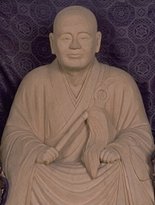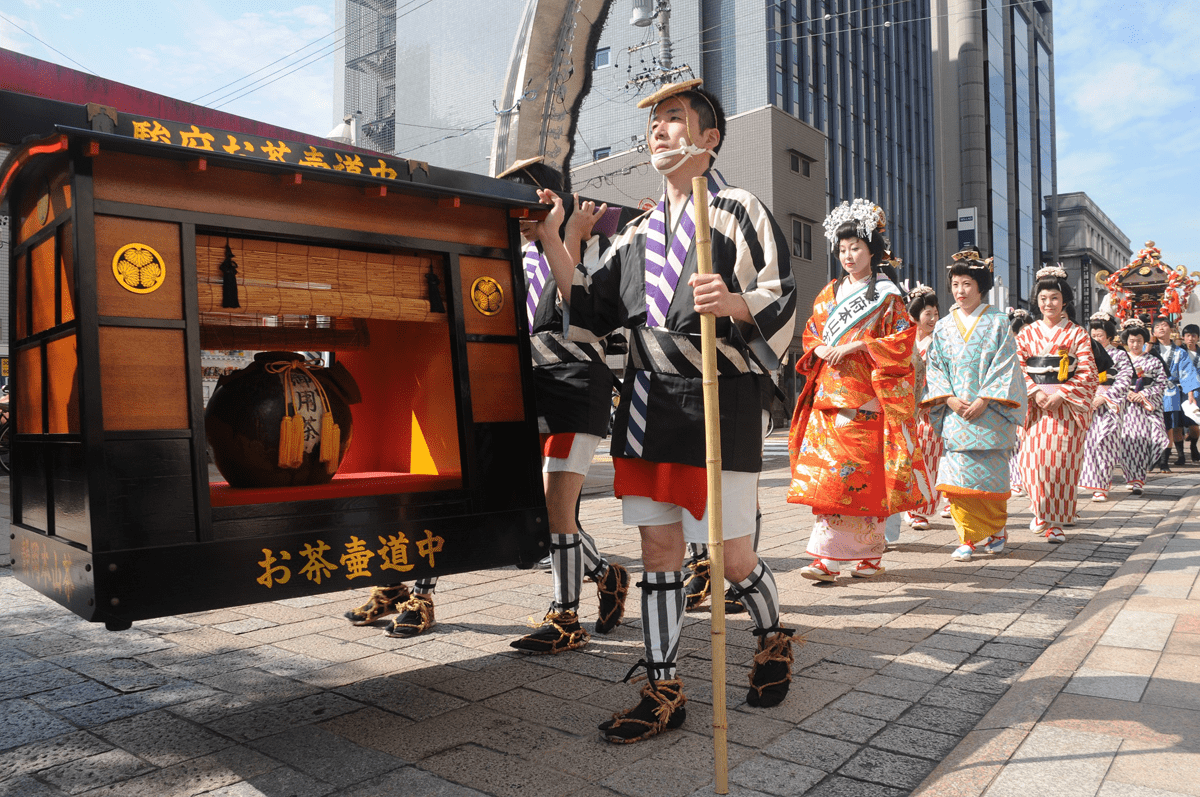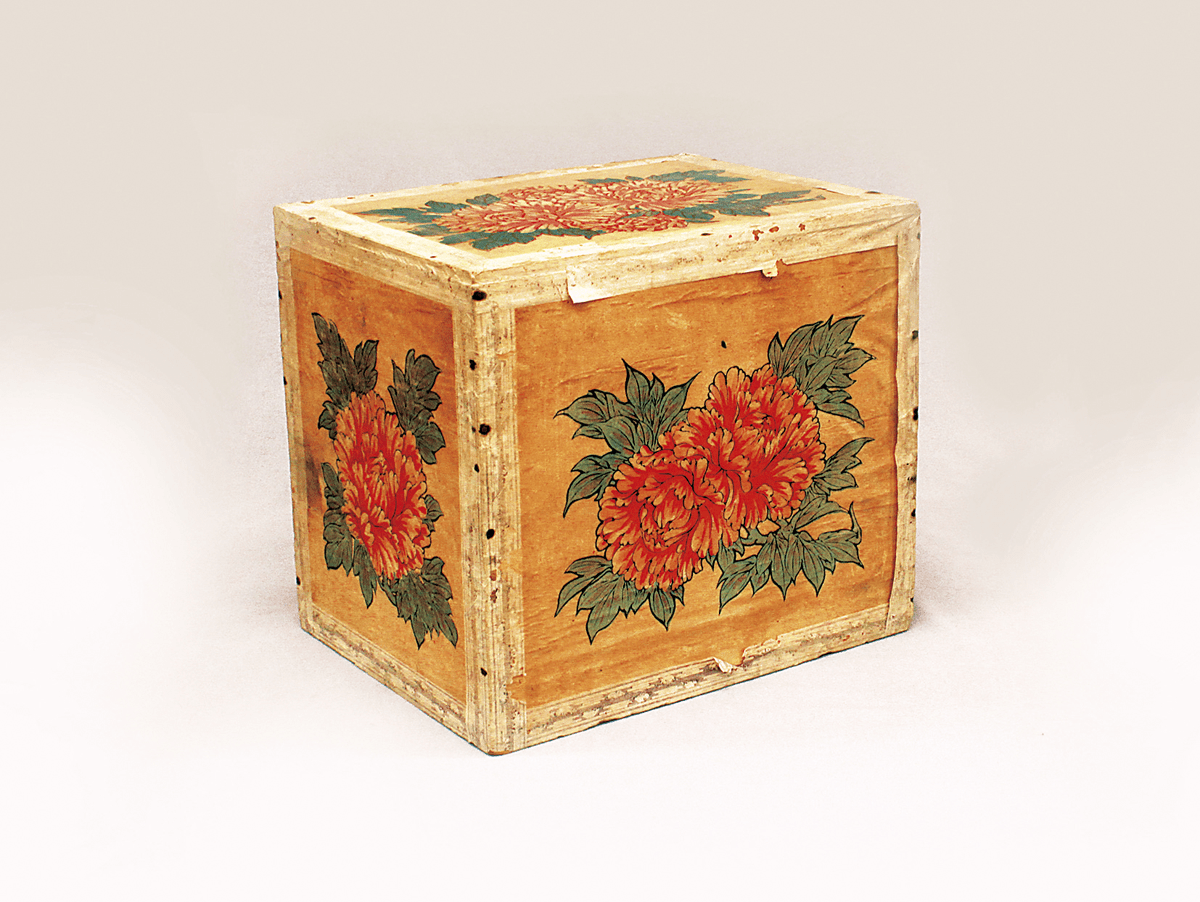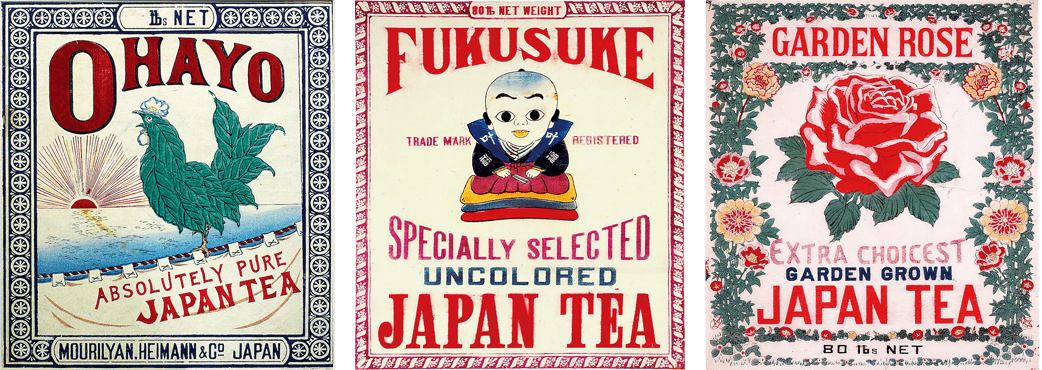History
From the first seeds planted, through internal conflict, and on to post-war recovery, the history of green tea in Shizuoka has shaped the Japan we know today.
The meeting between Japan and green tea took place some 1,200 years ago, when it is believed that a group of priests who had visited China brought some tea back with them.
The seeds of green tea production and culture in Shizuoka were planted, literally, during the 13th Century. At that time a Buddhist high priest named Shoichi Kokushi (1202 - 1280), like the early priests, brought back tea plant seeds from a trip to China. Kokushi planted these seeds in the Abe River basin in the Ashikubo region of Shizuoka, roughly 20 km north of Shizuoka City.

(The high priest Shoichi Kokushi, who planted the seeds of green tea culture in Shizuoka)
Green tea became highly prized by the armed generals of Shizuoka-based clans like Imagawa and Tokugawa during the Sengoku Period (1467 - 1603), a time of great strife and internal conflict in Japan ('sengoku' means civil war / warring states). Despite an atmosphere of turmoil, this period also saw the rise of a unique culture surrounding green tea. In particular, Tokugawa Ieyasu (1543 - 1616), the founder and original shogun of the Tokugawa shogunate (the last of Japan’s feudal military governments), was fond of the tea grown in the basin of the Abe River (known as Honzan-cha / 本山茶). Ieyasu eventually retired to Sunpu Castle, in what is today Shizuoka City, where he would have the honzan-cha delivered to his quarters every year.
Still today, every Autumn, tea is carried in a ceremonial procession (the Ocha Tsubo Dōchū) from the upstream village of Ikawa to the temple of Kunōzan Tōshō-gū in Shizuoka City. Kunōzan Tōshō-gū is the original burial place of Ieyasu although he was later laid to rest in the Tōshō-gū in Nikkō, Tochigi Prefecture.

(Tea being carried in a parade to Kunōzan Tōshō-gū / Image provided by JA Shizuoka City)
By the Edo Period (1603 - 1886), Shizuoka’s green tea was already being mentioned in the haiku verse of Matsuo Bashō, the most celebrated poet of that era, highlighting its status as a much treasured product in Japan.
Around the period of the Meiji Restoration (1886) when imperial rule was restored to Japan, towns in Shizuoka such as Makinohara began to develop original methods of land cultivation for tea production. On top of this, in 1899, to meet the increasing demand for Shizuoka’s green tea, the process of exporting began from Shimizu Port near Shizuoka City. During this time not only tea production centers, but also companies manufacturing containers and tea processing machines, and international trading companies, one after the other set up operations in Shizuoka seeing the development of the city as not only a center of green tea production but as a town known for all things tea.

(Special container used for the shipping of green tea)

(Stamps used to mark tea for trade)
This flourishing trade, with Shimizu Port as its base, lead the way for Japan’s post-WWII economic recovery and helped to invigorate domestic trade as a whole in Japan.
Spearheading this post-WWII boom, those involved in the green tea industry, and its trade, made great strides in production methods together with the improvement of the quality of tea produced. This lead to tea being grown across the whole prefecture, and the name Shizuoka becoming synonymous with green tea. Today, Shizuoka can boast of being the largest producer of green tea in Japan, celebrated nationwide for its high quality.
